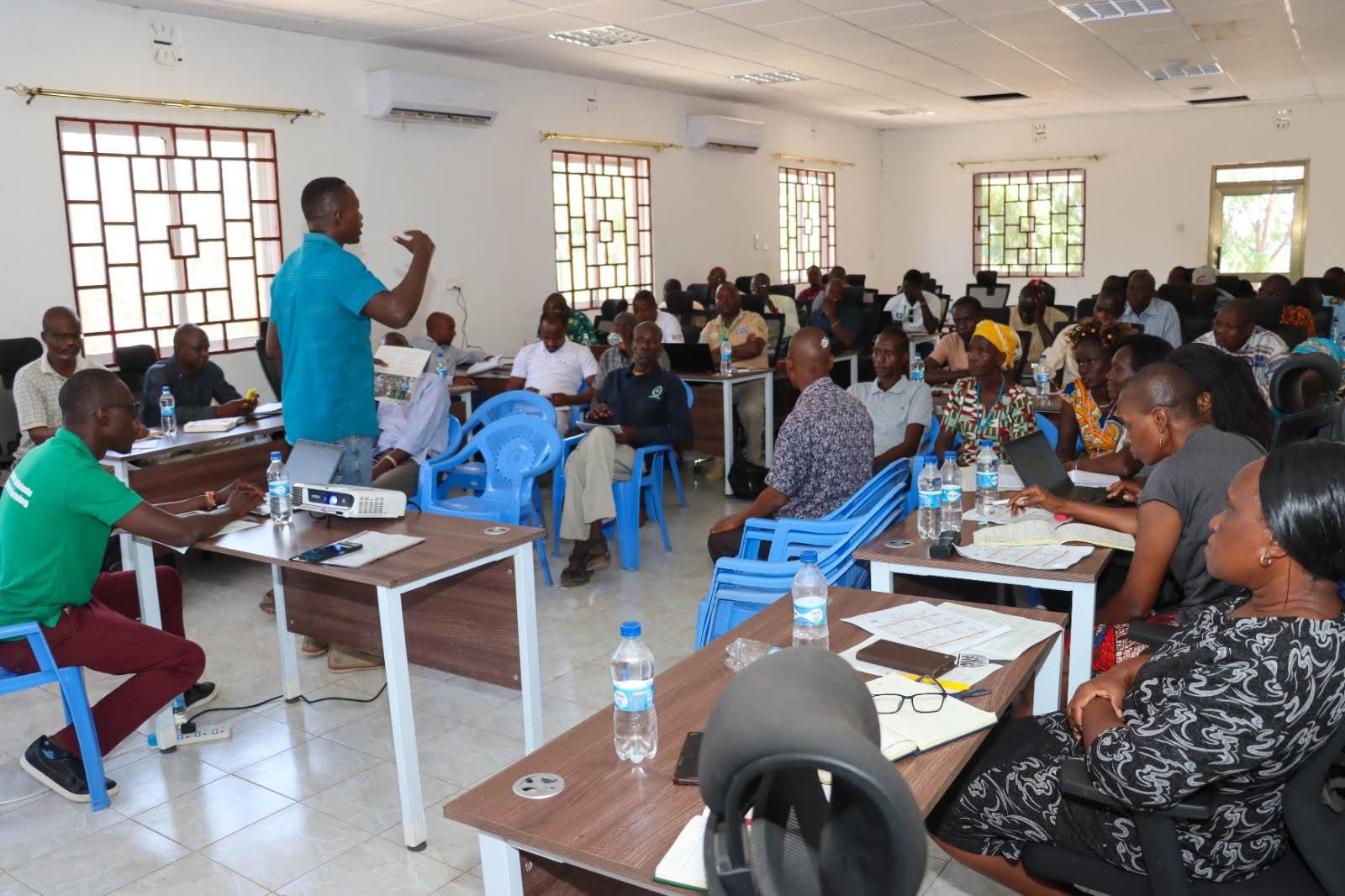
Climate-smart agricultural techniques a game changer for Wajir West farmers
Wajir West farmers reap big from climate-smart agricultural techniques
They voiced their concerns during the launch of public participation forums on the Turkana County Agricultural Policy 2025.
In Summary

Audio By Vocalize

Farmers in Turkana have called for a shift toward climate-smart agricultural technologies to increase food production and build resilience against the effects of climate change.
Climate-smart agriculture refers to farming practices and technologies that sustainably increase productivity while enhancing the ability of communities to adapt to climate change.
These
practices include efficient irrigation systems such as drip, flood-based, and
sprinkler models—methods particularly vital in arid and semi-arid regions like
Turkana, where farming is challenged by erratic rainfall, prolonged droughts and high temperatures.
The farmers voiced their concerns during the
launch of public participation forums on the Turkana County Agricultural Policy
2025, aimed at collecting views from stakeholders on a draft policy intended to
guide the region’s agricultural development.
Hellen Amiiny, a farmer from Nawontos, urged
the county government to consider constructing Tarach dam to support
farming along the Tarach River in areas including Loritit, Abune, Kalobeyei,
Ejem, refugee camps, and Choro farm.
“We all understand the benefits of
climate-smart technologies in agriculture. They not only improve productivity
but also increase farmers’ capacity to cope with unpredictable weather
patterns,” Amiiny said.
Imo Moru, a farmer from Oropoi, highlighted the
potential for large-scale crop production, citing the abundance of idle land in
Turkana.
“Our county has plenty of land. If we utilise
it well, especially with efficient systems like drip irrigation that conserve
water, we can significantly increase output,” he said.
Kakuma ward administrator Hosea Ameripus
raised concerns about whether the draft policy would attract significant
investment in key agricultural hubs including Morulem, Turkwel, Katilu, and
Napuu irrigation schemes. He stressed the potential for growing high-value
crops such as sweet potatoes, groundnuts, cotton, and dragon fruits in suitable
areas.
Farmers from irrigation schemes across Loima,
Turkana West, Turkana South, and East subcounties including Kakuma,
Kalobeyei, Letea and Lopur participated in the forum. Many highlighted the
need for farm mechanisation to enhance productivity, which would allow farmers
to diversify into livestock and other income-generating activities.
Isaac Muoki from World Vision Kenya suggested
that the policy should incorporate social behaviour change communication to help
bridge the gap between pastoralism and agriculture.
Daniel Ekai of Plan International emphasised
the importance of setting standards for the supply and regulation of farm
inputs to protect farmers from exploitation. He also called for the inclusion
of safeguards to protect local communities.
Liz Ogutu, who led the policy consultation
team, assured participants that their feedback would be integrated into the
revised draft to make the policy more responsive to the needs of Turkana
farmers.

Wajir West farmers reap big from climate-smart agricultural techniques